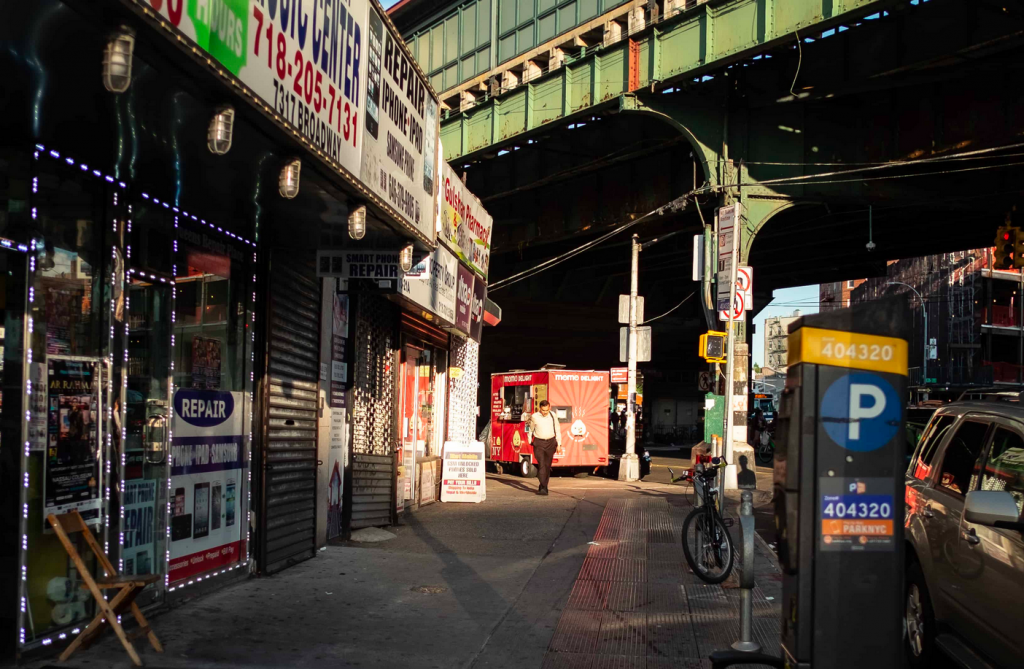queens
Mass Migration is the defining phenomenon of the twenty-first century. Today, 1 out of every 29 people live in a different country from the one they were born in. Contrary to ethnic enclaves comprised of a dominant group, settlements with dense concentrations of ethnic diversity are emerging in cities worldwide. Although multiethnic settlements are not a new phenomenon, contemporary immigrant neighborhoods are globally multifaceted in unprecedented ways. Such settlements are subsequently producing situations where more people, from more diverse cultural and linguistic backgrounds, subject to more varied mobility and legal status conditions, are coming into regular contact with one another than ever before. Understanding the implications of these urban reconfigurations is thus at stake since multiethnic settlements generate new forms of community on the one hand, and prejudice, segregation, and inequality on the other. As food practices are often responses to disparities that inevitably manifest from migration and racist capitalism, this dissertation examines how restaurants and mobile food operations influence the spatial, social, and political elements of multiethnic settlements. It does so by examining ordinary activities centered around food in several ethnically diverse neighborhoods in Queens, New York. Employing ethnographic methods and critical cartography techniques, this dissertation specifically reveals that 1) multiethnic settlements emerged in Queens due to simultaneous forces of racial discrimination, public and urban policies, fiscal crises, and housing, transportation, and food infrastructures, 2) restaurants and mobile food operations are everyday urban fluxes that not only set landscapes into motion, but are also integral features that complete a landscape’s composition, 3) the production, construction, selection, and consumption of comestibles in multiethnic neighborhoods are everyday processes and products of transnational placemaking that simplifies and erases complex and plural markers of difference, and 4) cooking, selling, and eating food on the street are performative practices of urban citizenship. In illustrating the social and ethnic hierarchies that manifest in contemporary urban neighborhoods, this dissertation offers the concept of the “counter container” to explain how ethnically diverse neighborhoods facilitate alternative urban and world orders.
The content below highlights everyday life in Queens, New York
